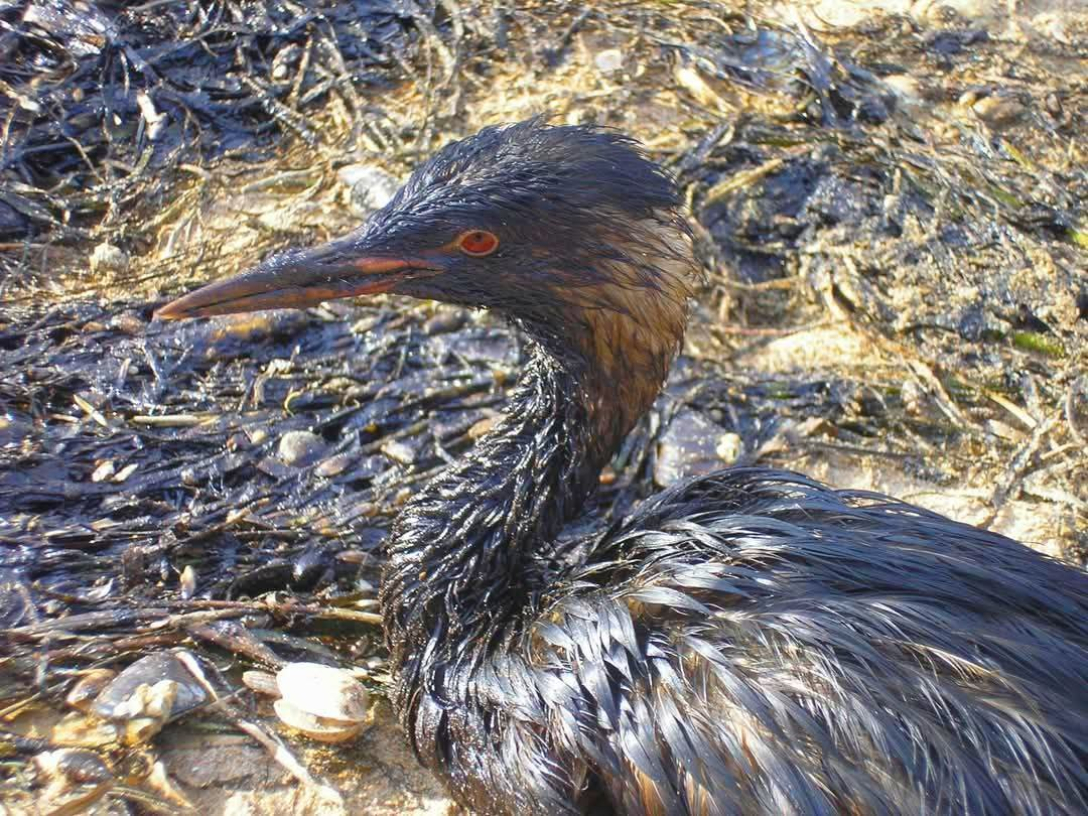Sevastopol in oil: the damage caused by Russian tankers to the Black Sea and Crimea's coast.
The heavy oil superpower has reached new environmental heights.
Firstly, the network is filled with videos of the fight against heavy oil in Anapa, where a "repeat discharge" of oil products onto the shore has been recorded. There are also stories about rescuing birds. Unfortunately, the damage to nature is severe. The authorities continue to downplay its scale and report that "there is no threat to the resort season."
Secondly, a state of emergency has been declared in Sevastopol due to the heavy oil. The spill has moved along the Southern Coast of Crimea and reached the city. The occupying regime is quickly organizing volunteers to clean up the coastline.
Ecologists have already commented that this is the world's first large-scale disaster involving "heavy" M100 fuel oil. When it solidifies, it doesn't float to the surface but sinks to the bottom or remains suspended in the water column. There are no technologies for its extraction. We can only wait for it to wash ashore. However, a significant amount of this sludge will settle on the bottom, poisoning all living organisms.

Most striking and transnational: more than 6,000 tons of heavy oil remain in the broken tankers (2.5 times more than the official figures for what has leaked into the sea), along with diesel fuel. If there are new damages, the consequences are hard to imagine. For now, the officials are at a standstill. The oil products need to be pumped out, but that comes with risks and responsibilities. This is not like cutting cables in the Baltic Sea.
On January 3, during the transfer of fuel from the tanker "Ostrov Sakhalin" to the shore storage tanks of CHPP-1 of Kamchatkaenergo in Petropavlovsk-Kamchatsky, at least one ton of heavy oil was spilled. It all follows the usual pattern: emergency situation, investigation, and so on.
The author expresses a personal opinion that may not coincide with the editorial stance. The responsibility for the published data in the "Opinions" section lies with the author.